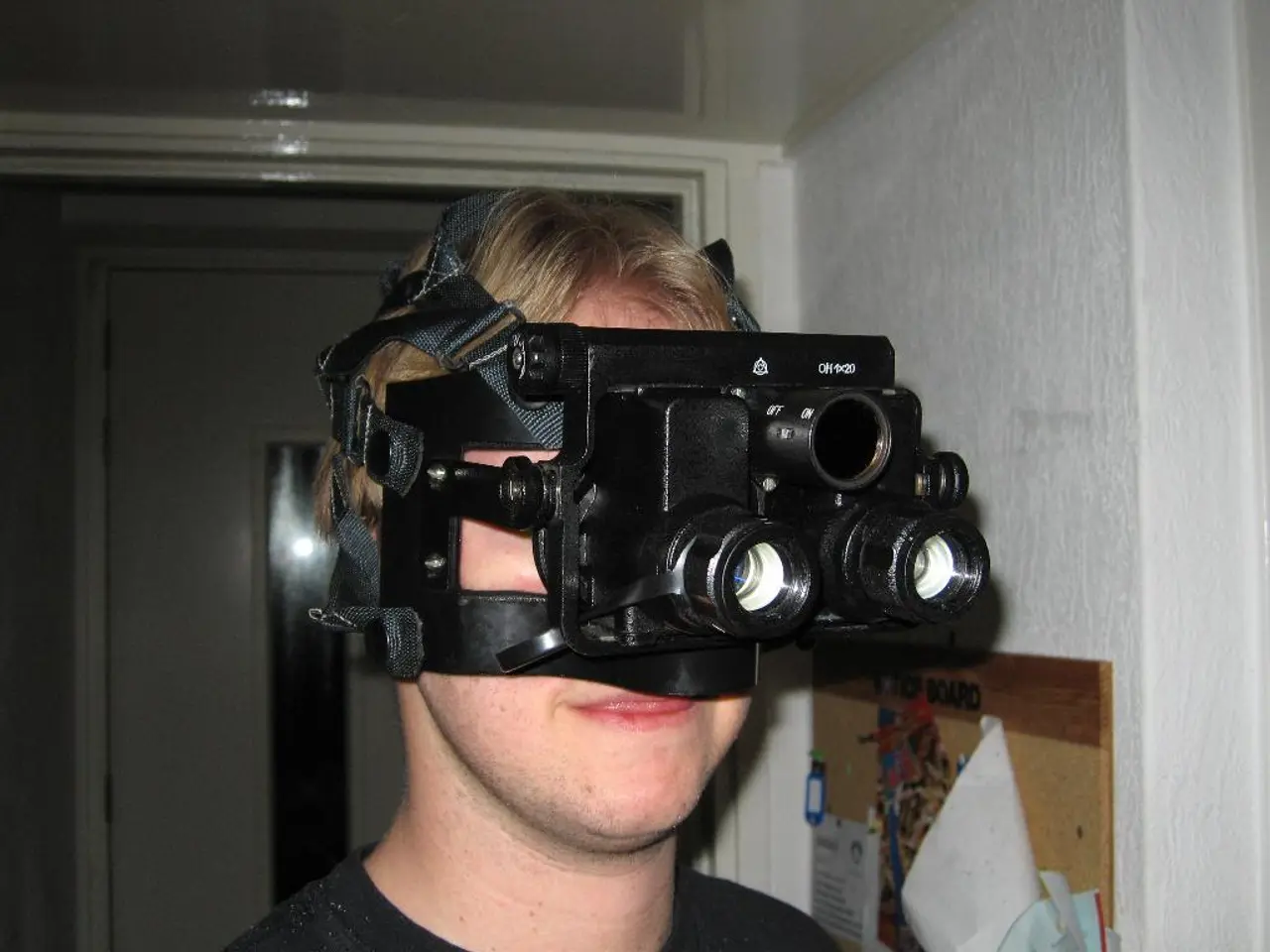Identifying Training Requirements for Virtual Reality Courses: A Pre-Launch Guide
In the ever-evolving landscape of immersive training, a strategic approach is crucial for delivering effective Virtual Reality (VR) solutions. To tackle meaningful, business-critical issues and ensure VR training addresses real-world challenges, a training company should follow a client-centric approach.
Identifying Skill Gaps and Learning Objectives
The first step in this approach involves identifying skill gaps and learning objectives clearly. By using structured assessments, specific skill gaps or challenges that VR training can address are pinpointed. Precise, measurable learning objectives are then defined, ensuring focus and clarity in goals using frameworks like SMART (Specific, Measurable, Achievable, Relevant, Time-bound).
Leveraging Data-Driven Tools and Analytics
To align VR training content with actual workforce competencies and business goals, data-driven tools and analytics are employed. AI-powered training needs assessment tools, such as iMocha, provide skills gap analysis, benchmarking, and role-based skills taxonomies.
Engaging Stakeholders and Collecting Feedback
Gathering input from clients, learners, and managers is essential to understanding real-world challenges and desired outcomes. This qualitative insight complements quantitative data, ensuring VR training is relevant and addresses genuine pain points.
Mapping Training to Business Outcomes
Connecting VR training goals to key performance indicators (KPIs) such as safety incidents, productivity, or customer satisfaction metrics is vital. Integration with existing Learning Management Systems (LMS) allows tracking the impact of VR training on business results and refining programs accordingly.
Considering Context and Accessibility
Accounting for language diversity, local regulations, and operational environments is crucial for creating inclusive, usable, and effective VR training for all target learners.
These steps build a comprehensive, evidence-based needs assessment that informs VR training tailored to authentic client challenges and learning goals.
The Importance of a Pilot Phase
A pilot VR course validates fit and impact by tracking completion, time-on-task, scenario success/error rates, and pre/post assessment scores. Observation and shadowing of employers as they perform tasks or attend current training sessions reveal practical challenges and training gaps. Surveys and feedback tools are used to gather insights directly from employees who undergo training or perform critical tasks daily.
Assessing the Fit
The fit is assessed by considering factors like content type, learner readiness, and budget and ROI. Learner readiness should be reviewed to ensure the client's workforce will easily take up VR technology, considering demographics, tech savviness, and available devices like VR headsets.
By following this client-centered approach, VR training solutions directly solve pressing challenges, deliver measurable business value, and foster long-term partnerships. This foundation enables the company to unlock the full potential of VR training, drive sustainable impact, and lead in the evolving landscape of immersive training.
Read also:
- IM Motors reveals extended-range powertrain akin to installing an internal combustion engine in a Tesla Model Y
- Ford Embraces Silicon Valley Approach, Introducing Affordable Mid-Sized Truck and Shared Platform
- Future Outlook for Tesla in 2024: Modest Expansion in Electric Vehicle Sales, Anticipated Surge in Self-Driving Stock
- Australians Embrace Tesla's Powerwall as 4,000 Units are Sold in a Single Month of July








